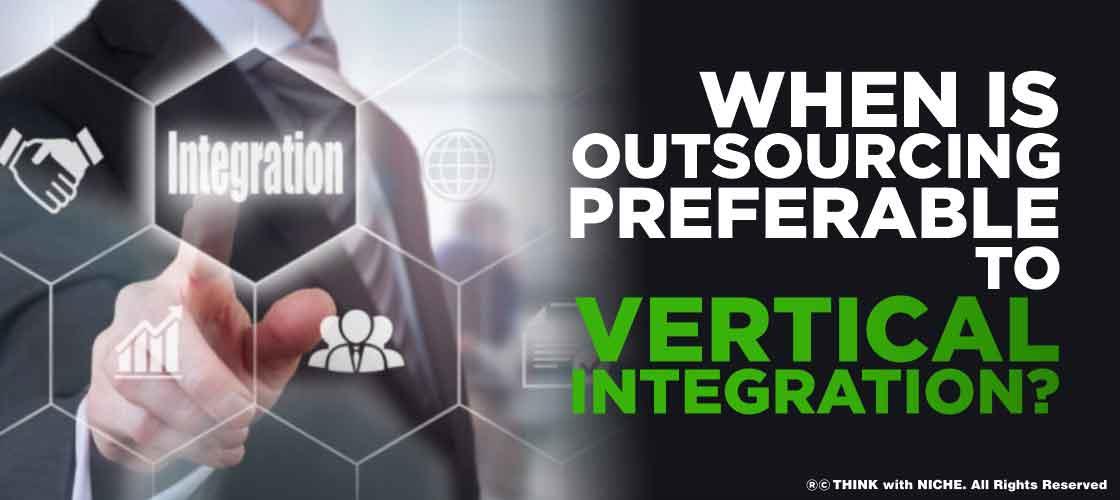
Outsourcing
is a business practice that assigns responsibility to another
company for business functions that can be processed internally.
Vertical integration helps most companies save costs and improve
quality over time. The initial process of vertical integration requires a lot of
resources, which is difficult for small businesses. The purpose of
implementing a vertical integration or outsourcing plan is to improve the
efficiency of a company's operations. Vertical integration gives some companies a
competitive advantage. Outsourcing is the most practical option for others. The
decision to vertically integrate or outsource is influenced by the nature of
the company's business and the industry in which it operates.
Outsourcing Disadvantages
4 Control
Outsourcing
has the obvious disadvantage of delegating some of the
business management to another organization. The company you outsource may
not have the same high standards as you and is only driven by profits.
In addition, the outsourcing company is responsible for drafting contracts for its services.
Hidden Costs
If you do not fully understand the terms and conditions, there
may be hidden costs that you do not immediately know. Companies
that choose to outsource will need to hire a lawyer to
analyze (and possibly change) the terms and conditions of the
contract.
Confidentiality
Another drawback of
outsourcing is that providing a particular document to another organization
can compromise confidentiality. There is a risk of data leakage if other
companies access your pay slips, medical records, or other
documents that contain sensitive company information. When deciding
to outsource, companies should always take special precautions
to ensure the security of their data.
Benefits of Vertical Integration The
supply chain is
divided into four stages:
Raw Materials
Manufacturing
Distribution
Retail
If a company has more than
one of these stages, it is called vertical integration.
Vertical integration is the most important
advantage in avoiding supply interruptions. Poorly managed suppliers are unreliable. Strikes and labor disputes can
also affect suppliers. In addition, if a company relies
on a supplier that dominates the industry, that supplier may impose
conditions (which may mean setting a higher rate).
Vertically integrated groups can avoid dealing with
suppliers with significant market power. Vertical integration also
has the advantage of lowering unit costs. By integrating
management, large companies can make bulk purchases and
save fixed costs. Vertically integrated retailers can
also find popular branded items, create "fake"
branded items using the same materials and manufacturing methods, and
sell them to customers at low cost. The most obvious advantage of
vertical integration is that companies can save money and return it
to their customers in the form of cost savings.
Conclusion
Outsourcing has been controversial in recent years. Opponents of
outsourcing claim that it leads to unemployment in the
United States. Proponents of outsourcing claim that they
encourage companies to allocate resources to the most cost-effective
locations. Outsourcing makes the most sense in industries where human and
capital resources are expensive. For example, manufacturers
often use outsourcing because of the high cost of retaining
workers and the expensive machinery required by the
industry. Difficult to achieve vertical integration
Tags:
vertical integration vs outsourcing, outsourcing vertical integration, corporate growth and development


Comments
Post a Comment